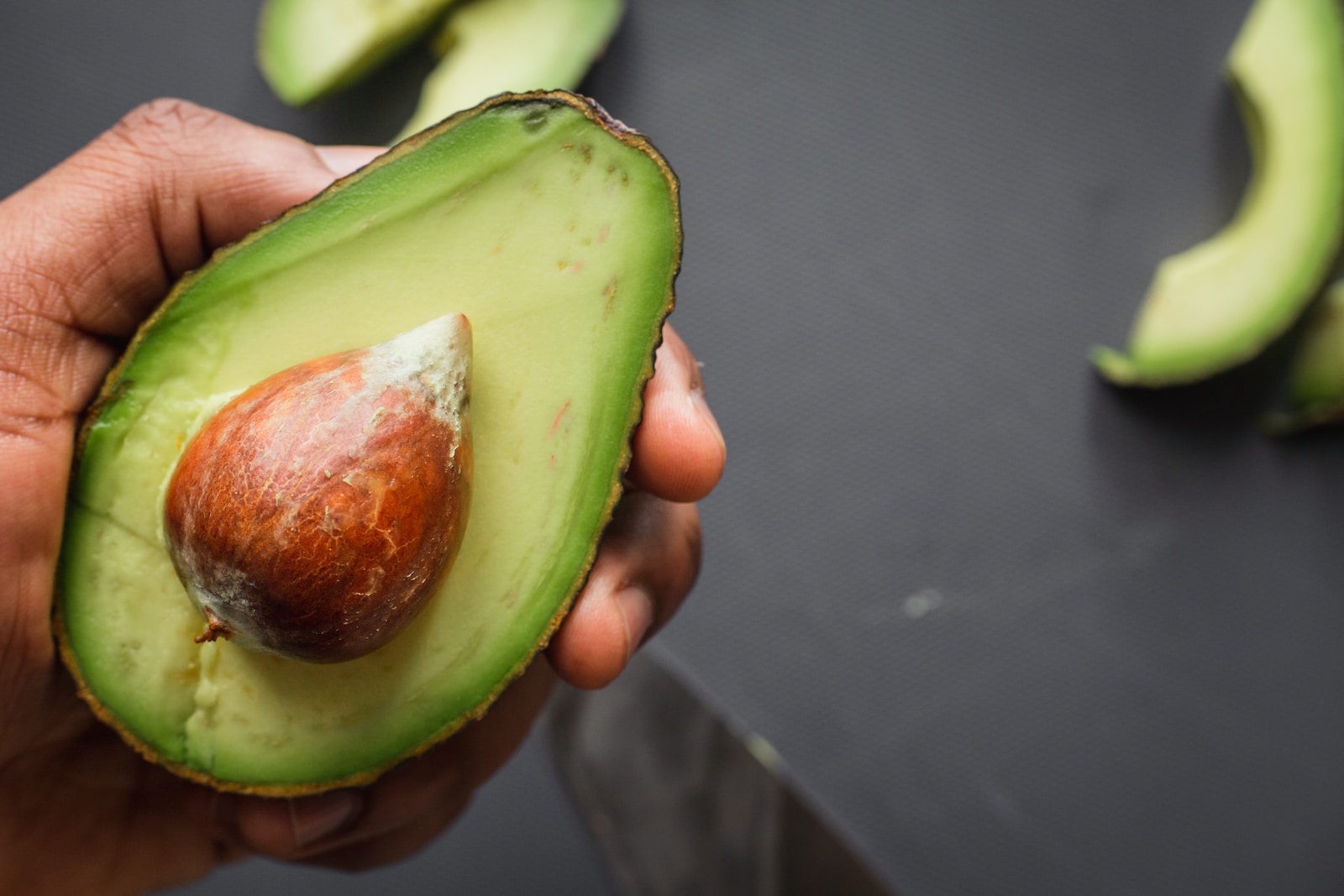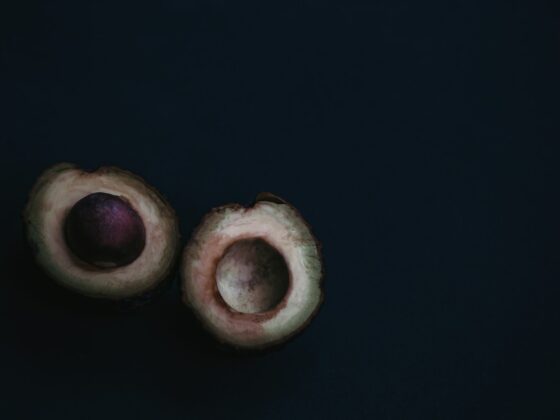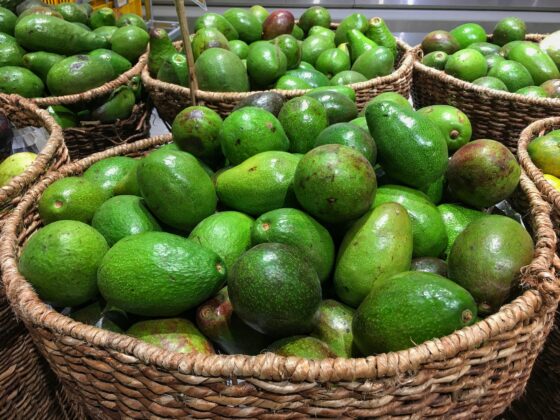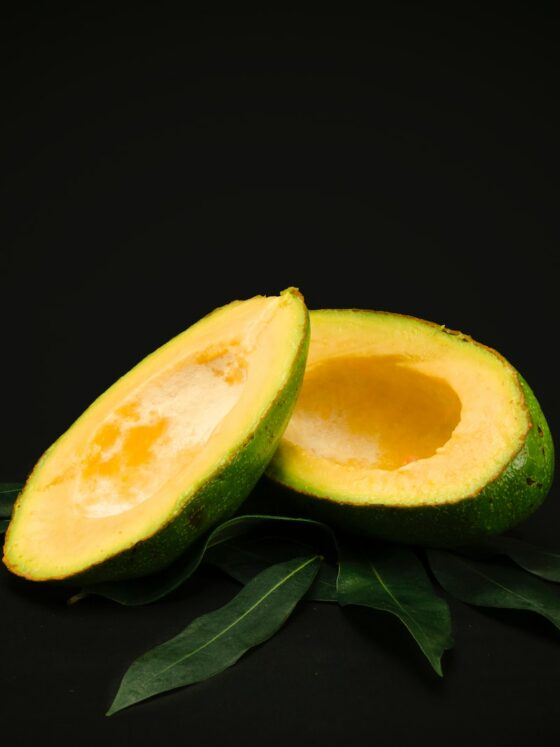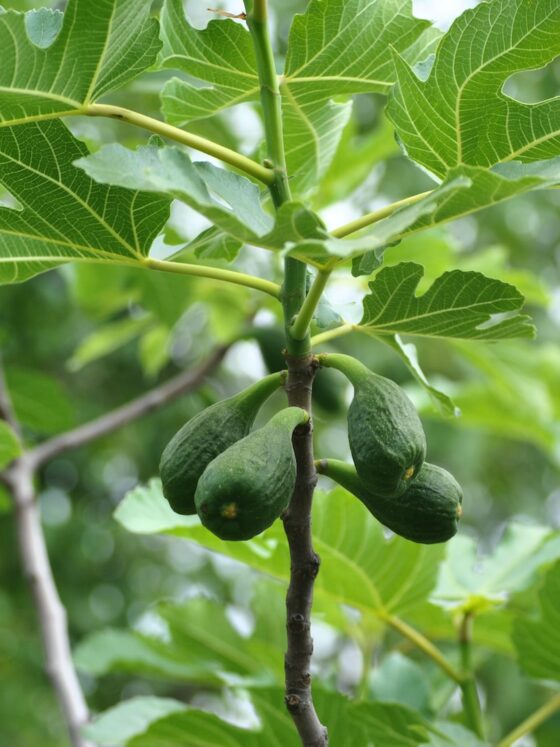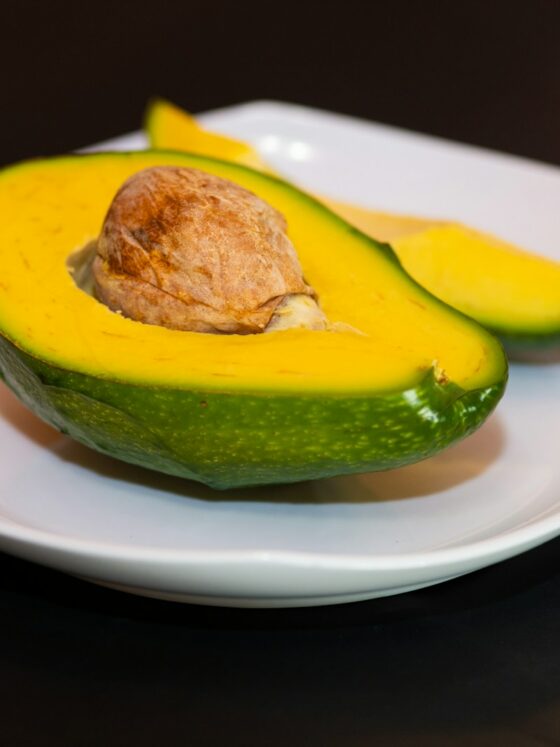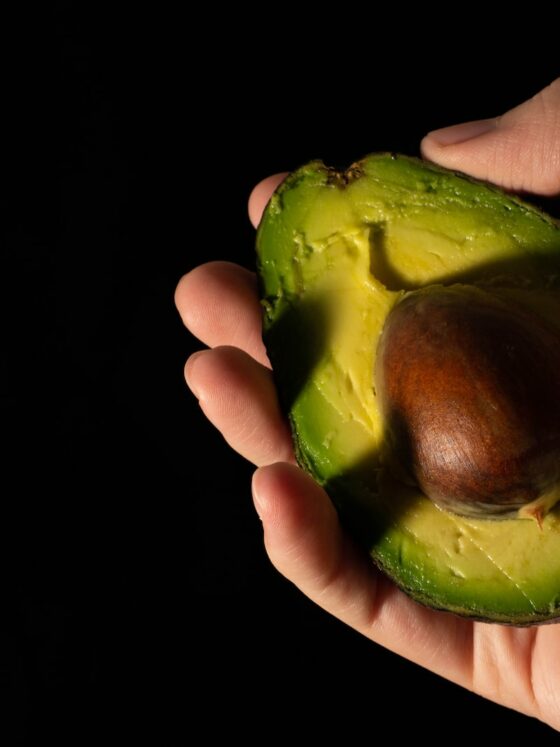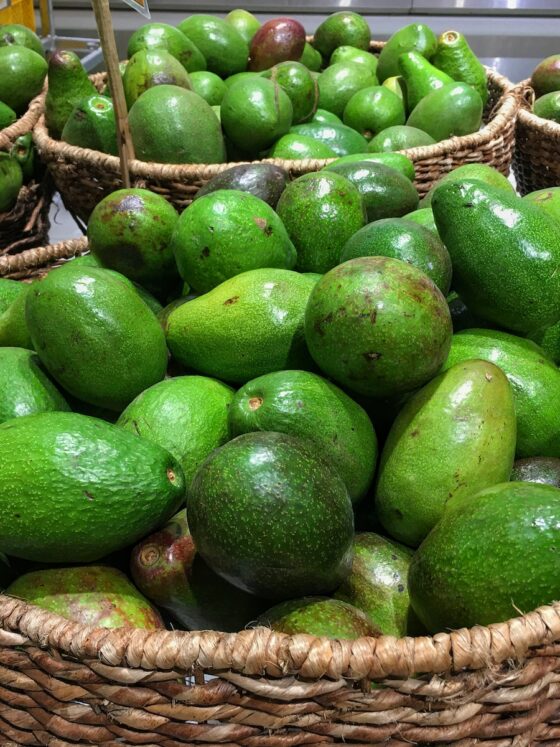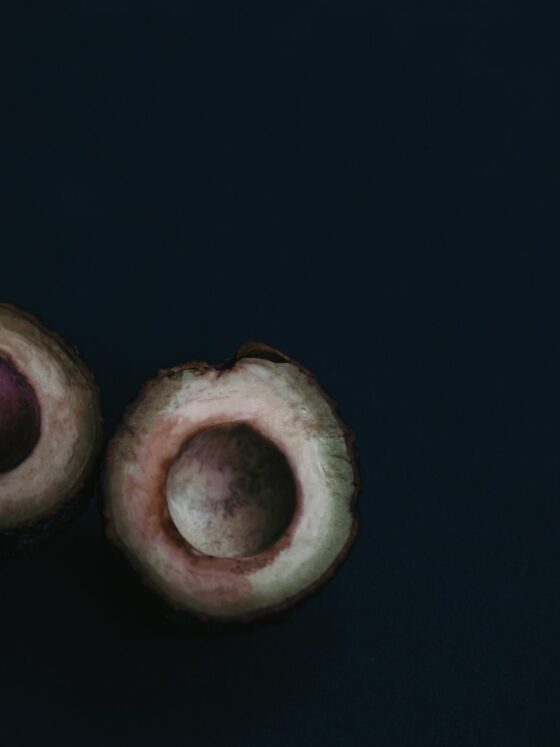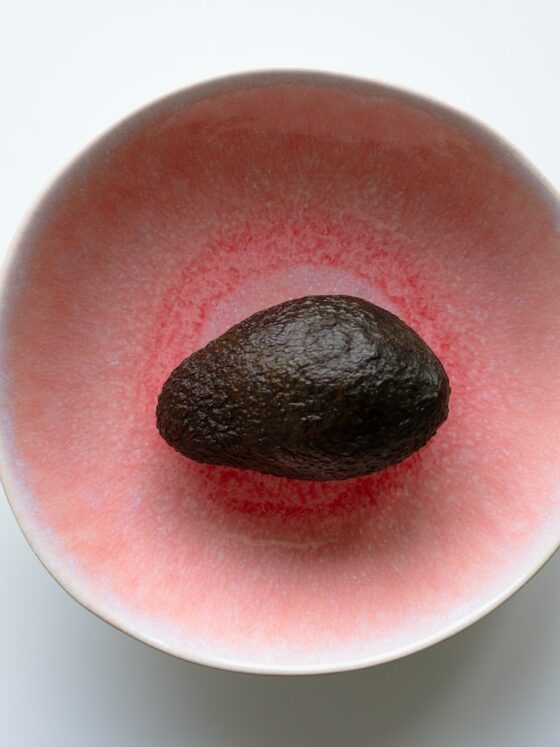When it comes to storing an avocado half, there are a few things to keep in mind to ensure it stays fresh and delicious for as long as possible. Avocado is a versatile and healthy fruit that is a great addition to many dishes. However, once it’s cut open, it can quickly turn brown and spoil, making it difficult to use the remaining half.
One of the most important things to remember when storing an avocado half is to keep it away from air. Exposure to air is what causes the avocado to turn brown and spoil. To prevent this, it’s best to wrap the avocado half tightly in plastic wrap or place it in an airtight container. Another option is to store it in a resealable plastic bag with as much air removed as possible.
It’s also important to store the avocado half in the refrigerator to slow down the ripening process. This will help to keep it fresh for longer. However, it’s important to note that the avocado will continue to ripen even in the fridge, so it’s best to use it as soon as possible. By following these simple tips, anyone can store an avocado half properly and enjoy it in their favorite dishes.
Table of Contents
Selecting and Preparing Your Avocado
When it comes to storing an avocado half, selecting the right avocado is just as important as the storage technique. The first step is identifying a ripe avocado.
Identifying Ripe Avocados
A ripe avocado should have a slightly soft texture when gently squeezed, but not be too mushy. The skin should be dark green to black and should yield to gentle pressure. It is important to avoid avocados that are too ripe or too hard.
One way to check for ripeness is to remove the stem at the top of the avocado. If the area underneath is green, it is ripe and ready to eat. If the stem is hard to remove, it needs a few more days to ripen. If the area under the stem is brown, it is overripe and should be discarded.
Cutting and Pitting Techniques
Once you have identified a ripe avocado, the next step is to cut and pit it. Begin by cutting the avocado lengthwise around the seed. Twist the two halves in opposite directions to separate them. Remove the seed by gently prying it out with a spoon or knife.
When storing an avocado half, it is important to keep the pit in one half of the avocado. The pit helps to keep the avocado from spoiling by slowing down the oxidation process. If you are only using one half of the avocado, store the half with the pit intact.
If you are storing both halves, wrap the half without the pit tightly in plastic wrap or place it in an airtight container. For the half with the pit, gently press plastic wrap against the flesh of the avocado, making sure the wrap is in contact with the entire surface. This will help to prevent air from reaching the flesh and causing it to brown.
By following these simple techniques, you can store an avocado half for later use without sacrificing texture or flavor.
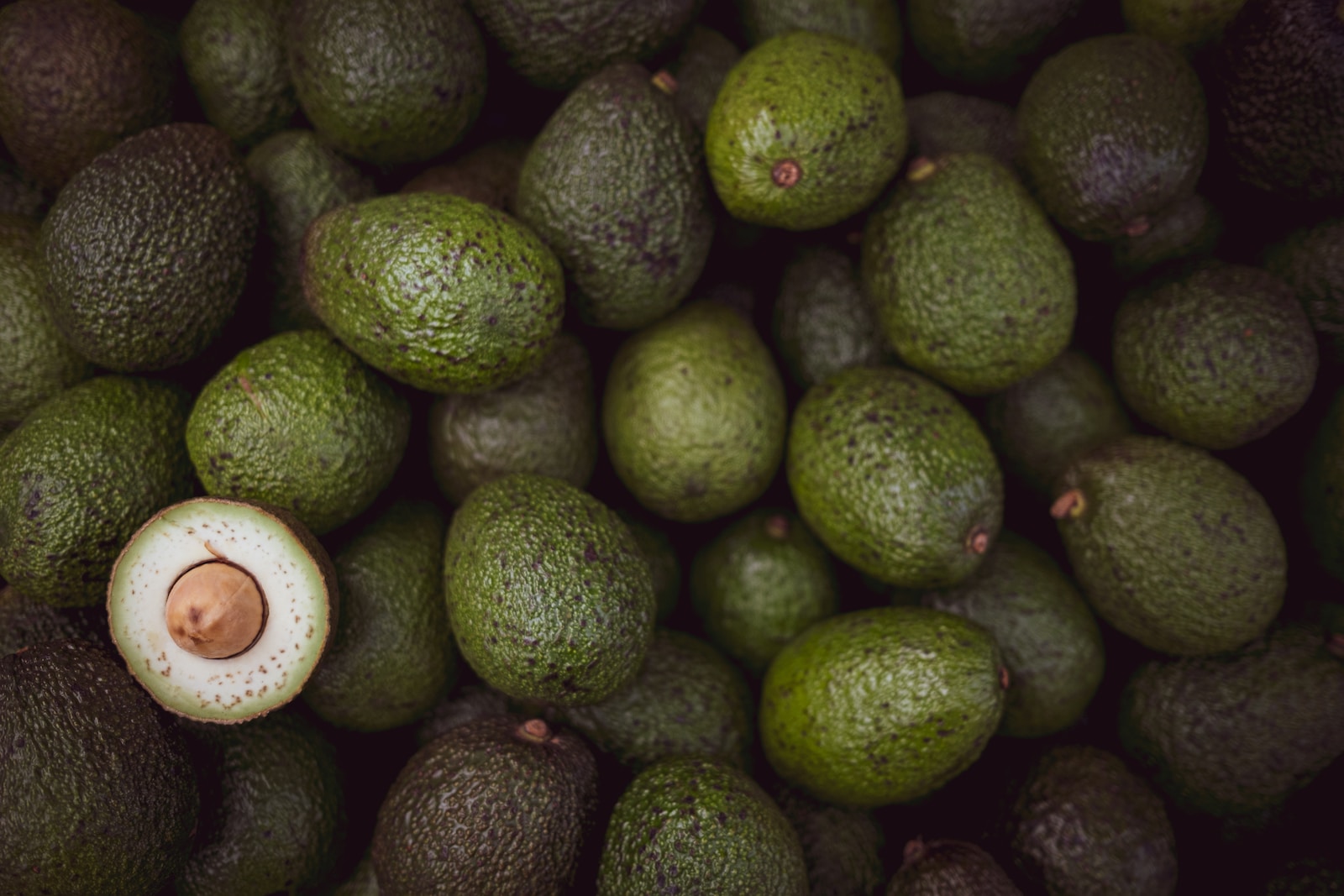
Storing the Avocado Half
When it comes to storing an avocado half, there are two main methods: short-term refrigeration and long-term freezing.
Short-Term Refrigeration Methods
One of the most popular ways to store an avocado half is by wrapping it tightly in plastic wrap and placing it in the refrigerator. This method helps to keep the avocado fresh and prevent it from turning brown too quickly.
Another method is to store the avocado half in a storage container with a slice of onion or citrus fruit, such as lemon or lime. The acid in these fruits can help to slow down the browning process.
Alternatively, placing the avocado half in a paper bag with an apple or banana can also help to slow down the browning process. This is because these fruits give off ethylene gas, which can help to ripen the avocado and prevent it from turning brown too quickly.
Long-Term Freezing Techniques
If you want to store your avocado half for a longer period of time, freezing is a great option. To freeze an avocado half, simply remove the pit and skin, and place it in a freezer-safe container or bag. You can also mash the avocado and freeze it in an airtight container or bag.
Before freezing, it is recommended to brush the avocado with lemon or lime juice to help prevent browning. When you are ready to use the frozen avocado, simply thaw it in the refrigerator overnight.
It is important to note that while freezing can help to preserve the avocado, the texture may change once it is thawed. Frozen avocado is best used in recipes that require mashed or pureed avocado, such as guacamole or smoothies.
Overall, whether you choose to refrigerate or freeze your avocado half, proper storage can help to keep it fresh and delicious for longer.

Preventing Oxidation
After cutting an avocado in half, the flesh’s surface area is exposed to oxygen from the air. The oxidation process occurs when oxygen reacts with enzymes and pigments present in the fruit’s tissues causing discoloration or spoilage. Therefore, it is important to prevent oxidation to keep the avocado fresh for longer. Here are some ways to prevent oxidation:
Natural Acidic Barriers
One effective way to prevent oxidation is to create a natural acidic barrier on the surface of the avocado flesh. This acidic barrier can be created by using lemon or lime juice, which contains citric acid. Citric acid helps to slow down the browning process by inhibiting the activity of enzymes that cause oxidation. To use this method, simply rub the cut surface of the avocado with lemon or lime juice, and then wrap it tightly with plastic wrap. This method is effective for storing sliced avocado or guacamole.
Another natural acidic barrier that can be used is vinegar. Vinegar contains acetic acid, which can also help to prevent oxidation. To use this method, mix a tablespoon of vinegar with a cup of water, and then soak the cut avocado in the mixture for a few minutes. Then, remove the avocado and pat it dry with a paper towel before storing it.
Physical Wrapping Solutions
Another way to prevent oxidation is to use physical wrapping solutions. One such solution is to cover the cut surface of the avocado with a thin layer of olive oil. Olive oil creates a barrier between the avocado flesh and the air, which can help to slow down the browning process. To use this method, simply brush a thin layer of olive oil on the cut surface of the avocado, and then wrap it tightly with plastic wrap.
Another physical wrapping solution is to use plastic wrap. Plastic wrap can be used to tightly wrap the cut surface of the avocado, which can help to prevent air from reaching the flesh. To use this method, simply wrap the cut surface of the avocado tightly with plastic wrap, making sure that there are no air pockets. This method is effective for storing sliced avocado or guacamole.
In summary, preventing oxidation is key to keeping the avocado fresh for longer. Natural acidic barriers such as lemon or lime juice and vinegar, as well as physical wrapping solutions like olive oil and plastic wrap, can be used to prevent oxidation and keep the avocado fresh.
Health and Safety Considerations
Safe Handling and Consumption
When it comes to storing avocado halves, it is important to consider safe handling and consumption practices. According to the FDA, avocados are safe to eat, but like any other food, they can become contaminated with harmful bacteria such as Listeria monocytogenes and Salmonella. To minimize the risk of foodborne illness, it is important to follow safe handling practices.
Before cutting into an avocado, it is important to wash the fruit thoroughly with clean water and dry it with a clean towel. It is also recommended to use a clean cutting board and knife. After cutting the avocado, it is important to store it properly to prevent bacterial growth.
Understanding Foodborne Pathogens
Listeria monocytogenes and Salmonella are two common foodborne pathogens that can cause serious illness. Listeria monocytogenes can cause listeriosis, which can be particularly dangerous for pregnant women, older adults, and individuals with weakened immune systems. Salmonella can cause salmonellosis, which can lead to diarrhea, fever, and abdominal cramps.
To minimize the risk of foodborne illness, it is important to store avocado halves properly. The FDA recommends storing avocados at room temperature until they are ripe, and then storing them in the refrigerator to slow down further ripening. It is important to note that storing avocados in water, as suggested by a popular TikTok hack, can increase the risk of bacterial growth and foodborne illness.
In conclusion, by following safe handling and consumption practices and understanding foodborne pathogens, individuals can safely store and consume avocado halves without putting themselves at risk for foodborne illness.

